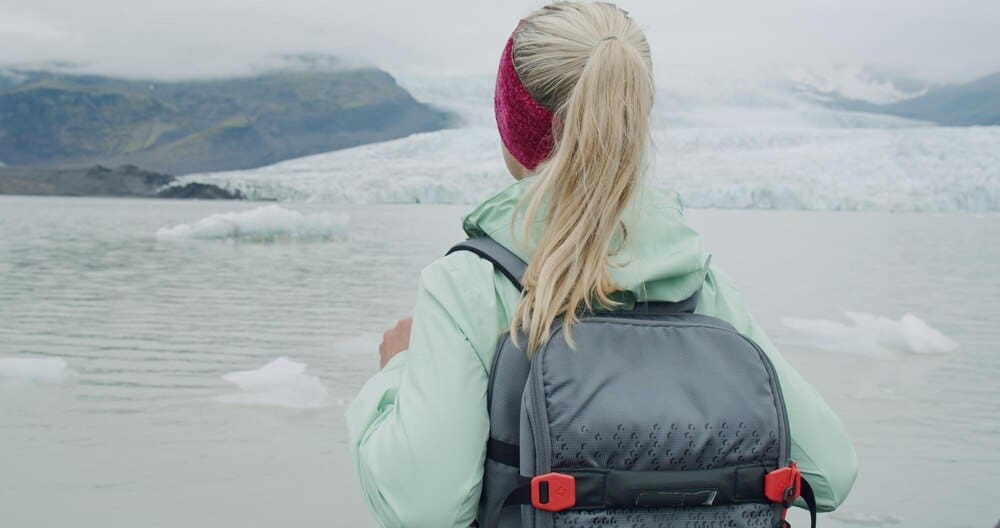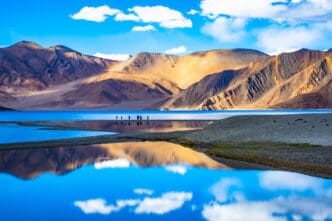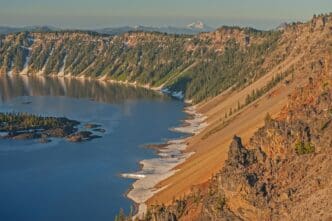For any traveler planning a winter expedition to Iceland, the question of what to pack is paramount, directly influencing their comfort, safety, and ability to enjoy this land of fire and ice. The key to a successful trip between October and April lies not in bulky luggage, but in a strategic system of layers designed to combat volatile weather that can shift from clear skies to a blizzard in minutes. Travelers must prioritize waterproof and windproof outerwear, insulated mid-layers, thermal base layers, and sturdy, waterproof boots with ice grips to navigate everything from Reykjavik’s icy sidewalks to the raw, untamed landscapes where the Northern Lights dance.
The Golden Rule of Icelandic Winter Dress: Layering
Before you even think about specific items, you must understand the single most important concept for dressing in Iceland: layering. This isn’t just a suggestion; it’s a survival strategy that provides the flexibility needed to adapt to the country’s notoriously fickle weather.
The layering system works by trapping air between thin layers of clothing, which your body then heats. This creates a powerful bubble of insulation. More importantly, it allows you to easily add or remove clothing as your activity level or the weather changes, preventing you from getting too hot and sweaty (which can lead to a dangerous chill) or too cold.
Your Essential Clothing Checklist: From Skin to Shell
Building your Icelandic winter wardrobe requires a systematic approach, starting from the layer closest to your skin and working your way out. Each layer has a distinct and critical function.
The Base Layer: Your Second Skin
This is the foundation of your warmth. The base layer’s job is to wick moisture and sweat away from your body to keep you dry. A wet base layer will rob you of heat rapidly, so the material is everything.
Your best options are merino wool or synthetic fabrics like polyester or polypropylene. Merino wool is a traveler’s favorite because it’s naturally odor-resistant, breathable, and stays warm even when damp. Synthetics are also excellent at wicking and tend to dry faster. You will want to pack at least two sets of long-sleeved thermal tops and long underwear (leggings or long johns).
Under no circumstances should you use cotton as a base layer. Cotton absorbs moisture and holds it against your skin, making you cold and clammy. This can be uncomfortable in the city and downright dangerous in the backcountry.
The Mid Layer: Your Insulation
The mid layer is your primary insulating layer. Its purpose is to trap the body heat that the base layer has helped preserve. This is where you have the most flexibility to adjust for the day’s temperature and your planned activities.
Excellent mid-layer choices include fleece jackets, down vests or jackets, and heavy wool sweaters (the traditional Icelandic “lopapeysa” is perfect for this). Fleece is a fantastic, affordable option that is lightweight, breathable, and insulates even when wet. Down offers the best warmth-to-weight ratio but loses its insulating properties if it gets soaked, so it’s best worn under a waterproof shell.
Many travelers find a combination works best: a fleece jacket for general use and a packable, lightweight down jacket to add for extra warmth during stationary activities like waiting for the Northern Lights.
The Outer Layer: Your Shield Against the Elements
Your final layer is your armor against Iceland’s most aggressive elements: wind and water. This “shell” layer must be completely waterproof and windproof. Look for jackets and pants with a high waterproof rating and features like taped seams and a protective hood.
Materials like Gore-Tex or similar proprietary waterproof-breathable fabrics are the gold standard. They block precipitation from getting in while allowing sweat vapor from your inner layers to escape. A good outer jacket should have a sturdy hood to protect your face and neck from driving wind and snow. Your outer pants, often called ski pants or shell trousers, are just as important for keeping your lower body dry during glacier hikes or snowy walks.
Footwear and Traction: Your Foundation for Adventure
What you put on your feet can make or break your Icelandic winter experience. You’ll be walking on snow, ice, and uneven terrain, so proper footwear is a non-negotiable safety item.
The Right Boots
Invest in a pair of insulated, waterproof hiking boots that go over the ankle. Ankle support is crucial for stability on slippery surfaces. The boots need to be fully waterproof to handle slush and deep snow, and the insulation will prevent your toes from freezing while you’re standing still watching an erupting geyser or gazing at the aurora.
Ensure your boots have a deep, rugged tread for good grip. When trying them on, wear the thick thermal socks you plan to bring to ensure a comfortable fit that isn’t too tight, which can restrict circulation and make your feet colder.
Socks: The Unsung Heroes
Just like with your base layer, avoid cotton socks at all costs. Pack several pairs of thick, warm socks made from merino wool or a synthetic thermal blend. They will cushion your feet, wick away moisture, and provide essential insulation. Bringing extra pairs ensures you always have a dry set to change into.
Ice Cleats and Crampons
Even with great boots, you will need extra traction. Sidewalks in Reykjavik and popular tourist sites often become sheets of sheer ice. Pack a pair of ice cleats (also known as microspikes or Yaktrax) that can be easily stretched over your boots. These are essential for everyday walking.
For more intensive activities like glacier hiking or ice caving, you will need full crampons. However, you do not need to buy these. Any reputable tour operator will provide all necessary safety gear, including helmets, harnesses, and crampons, as part of the tour.
Essential Accessories to Combat the Cold
Exposed skin is vulnerable to the cold and wind. A few key accessories will provide the final seal on your warmth and comfort.
A warm hat or beanie that covers your ears is mandatory; a significant amount of body heat is lost through your head. A neck gaiter or a buff is more practical than a traditional scarf, as it won’t fly around in the wind and can be pulled up over your nose and mouth for extra protection. For your hands, waterproof and windproof gloves or mittens are a must. Mittens are generally warmer as they keep your fingers together, but gloves offer more dexterity. Consider a two-part system: thin liner gloves for tasks like using your phone, worn under heavy outer mittens.
Finally, don’t forget sunglasses. The low winter sun can create intense glare, especially when reflecting off snow and ice. The wind and dry, cold air are also incredibly harsh on your skin, so pack a heavy-duty moisturizer and a protective lip balm with SPF.
Electronics and Gear for the Modern Traveler
The cold in Iceland is tough on electronics. The number one rule is to keep your batteries warm. Cold temperatures can drain battery life in a fraction of the normal time. Keep your phone in an inside pocket close to your body heat.
A portable power bank is an indispensable tool for recharging your devices on the go during long day tours. Iceland uses the standard European Type F plug, so bring a universal adapter. If you’re a photographer, a sturdy tripod is absolutely essential for capturing the Northern Lights, which requires long exposure times. Bring extra camera batteries and keep them warm, along with a waterproof camera bag to protect your gear.
Don’t Forget These Miscellaneous Must-Haves
One of the most common packing mistakes is forgetting a swimsuit. Despite the winter chill, Iceland is famous for its geothermally heated pools, from the world-renowned Blue Lagoon to countless local swimming pools (sundlaugs). Soaking in naturally hot water as snow falls around you is a magical experience you don’t want to miss.
A small, waterproof daypack is also highly recommended. It’s perfect for carrying your extra layers, water bottle, snacks, and camera while you’re out exploring for the day. And speaking of water, Iceland’s tap water is among the purest and tastiest in the world, so bring a reusable water bottle to stay hydrated and save money.
What to Leave at Home
To save space and avoid frustration, leave umbrellas behind; the strong Icelandic wind will destroy them instantly. Avoid packing jeans for any outdoor activities, as they absorb water, take forever to dry, and offer no insulation. Finally, leave the fancy shoes, heels, or dress boots at home; they are impractical and unsafe on the icy streets.
Ultimately, packing for a winter trip to Iceland is an exercise in preparation. By focusing on a high-quality layering system, prioritizing waterproof materials, and ensuring you have the right footwear and accessories, you equip yourself for any weather. This preparation doesn’t just keep you safe and warm; it liberates you to fully immerse yourself in the profound and dramatic beauty of Iceland’s winter landscape, creating memories that will last a lifetime.








